Apples are among the most popular and widely cultivated fruits in the world. From crisp Fuji and sweet Gala to the tangy Granny Smith, apples are enjoyed across continents and cultures. Their global demand for fresh consumption, juice, cider, and processed products has made apple production a crucial agricultural sector for many countries. In this article, we delve into the 2025 ranking of the largest apple producers in the world, examining their output, growing regions, cultivation practices, export capabilities, and contributions to the global market.
Global Overview of Apple Production
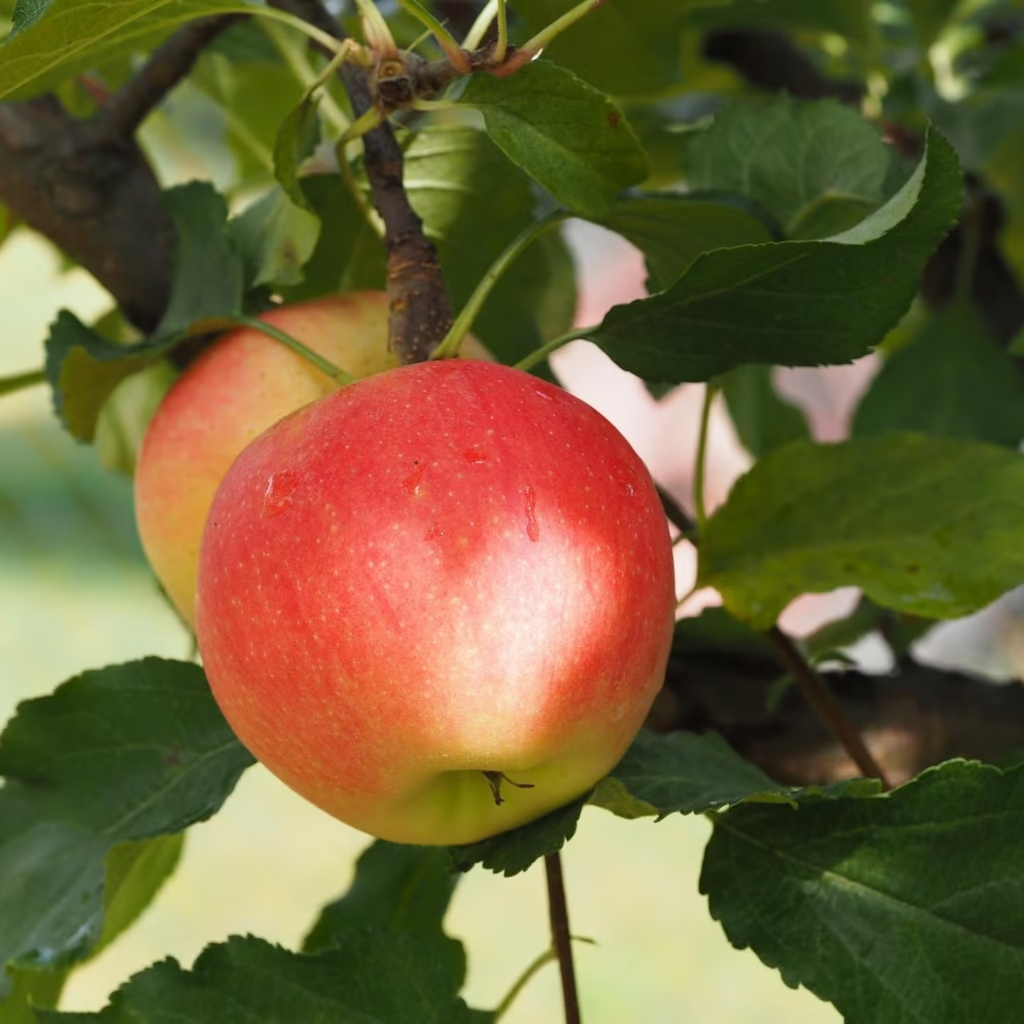
Apples are grown in over 90 countries, and global production continues to rise with advances in farming technologies, improved irrigation, and the development of disease-resistant varieties. According to recent data from FAO and national agricultural boards, world apple production in 2025 has exceeded 88 million metric tons, a slight increase from 2024 due to favorable weather conditions in key producing regions.
The global apple market is led by a mix of economic giants and smaller nations with favorable climates and advanced farming techniques. Let’s explore the top producers in detail.
1. China – The Undisputed Apple King
- Production (2025): Over 41 million metric tons
- Share of Global Production: Approx. 47%
- Top Producing Regions: Shaanxi, Shandong, Hebei, and Henan
- Popular Varieties: Fuji, Qinguan, Gala, Red Delicious
China has maintained its position as the world’s largest apple producer for decades. The country’s extensive land, favorable climate, and massive investment in modern orchard technology allow it to grow apples on an unprecedented scale. The Shaanxi province alone accounts for nearly 30% of China’s apple output, producing high-sugar Fuji apples favored domestically and abroad.
In addition to meeting massive domestic demand, China exports apples to Southeast Asia, Russia, the Middle East, and increasingly to Africa. Its apple industry is supported by government policies, mechanization, and research in pest and disease control.
2. United States – Leader in Innovation and Export Quality
- Production (2025): Around 4.7 million metric tons
- Top Producing States: Washington, New York, Michigan, Pennsylvania, California
- Popular Varieties: Red Delicious, Gala, Granny Smith, Honeycrisp, Fuji
The United States ranks second globally and is renowned for its high-quality apples and advanced orchard management systems. Washington State alone produces about 65% of all U.S. apples, with large, irrigated orchards and highly mechanized harvesting.
The U.S. apple industry is also a leader in value-added products like apple juice, cider, and dried apples. Exports go mainly to Canada, Mexico, India, and Taiwan. The U.S. apple sector benefits from significant R&D, allowing for better cold storage, pest management, and new cultivar development.
3. Poland – Europe’s Apple Giant
- Production (2025): Approx. 3.8 million metric tons
- Main Producing Regions: Masovia, Lublin, Świętokrzyskie
- Popular Varieties: Idared, Jonagold, Gala, Champion
Poland remains Europe’s top apple producer and the third-largest globally. Known for its cooler climate and fertile soils, Poland grows apples mostly for the fresh fruit market and juice production. It is also a major exporter, supplying large quantities to other EU countries, Russia (historically), and the Middle East.
Poland’s apple sector relies heavily on small and medium-sized orchards, and in recent years, it has seen investments in storage, packaging, and marketing to boost its competitiveness on the global stage.
4. India – Rising Star in Apple Production
- Production (2025): Nearly 2.9 million metric tons
- Top Producing States: Himachal Pradesh, Jammu & Kashmir, Uttarakhand
- Popular Varieties: Red Delicious, Royal Delicious, Ambri, Granny Smith
India’s apple production continues to grow rapidly due to improved infrastructure in the Himalayan belt and increasing domestic demand. Despite high local consumption, India imports apples from countries like Chile, New Zealand, and the U.S., making it both a producer and an importer.
Government-backed schemes have helped farmers adopt high-density planting, drip irrigation, and cold storage solutions. As productivity improves, India could climb further in future global rankings.
5. Russia – From Cold Climates to Apple Power
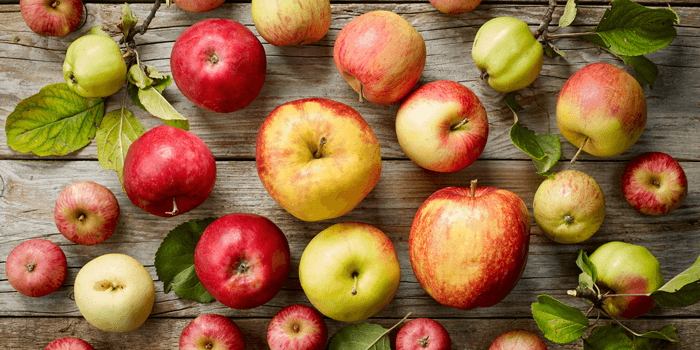
- Production (2025): Around 2.3 million metric tons
- Key Growing Regions: Krasnodar, Stavropol, Voronezh, Belgorod
- Popular Varieties: Antonovka, Orlik, Red Chief
Russia has made a strong comeback in apple production, especially after restricting imports from Western countries in recent years. With government support and investment in local orchards, apple farming has expanded significantly, particularly in the southern regions.
Though much of the produce is consumed domestically, Russia is exploring exports to Central Asia and Eastern Europe.
6. Iran – A Traditional Apple Grower with Modern Goals
- Production (2025): Around 2.2 million metric tons
- Key Regions: West Azerbaijan, East Azerbaijan, Isfahan
- Popular Varieties: Red Delicious, Golden Delicious, Granny Smith
Iran’s apple industry plays a major role in its agriculture sector. With diverse climates and long-standing cultivation knowledge, Iran produces apples for both domestic use and export, especially to Iraq, Afghanistan, and Central Asia.
Despite challenges from sanctions and logistics, Iran is improving its cold storage and supply chains, aiming to strengthen its position as a key regional supplier.
Other Notable Apple Producers in 2025
| Country | Estimated Production (2025) | Remarks |
|---|---|---|
| Turkey | 1.9 million metric tons | Strong in Red Delicious and local varieties; exports to the Middle East. |
| Italy | 1.7 million metric tons | Key player in premium apples; famous for organic farming and exports. |
| Chile | 1.5 million metric tons | Major exporter to North America and Asia. |
| France | 1.4 million metric tons | Diverse apple varieties; strong presence in the EU market. |
Factors Driving Apple Production Rankings
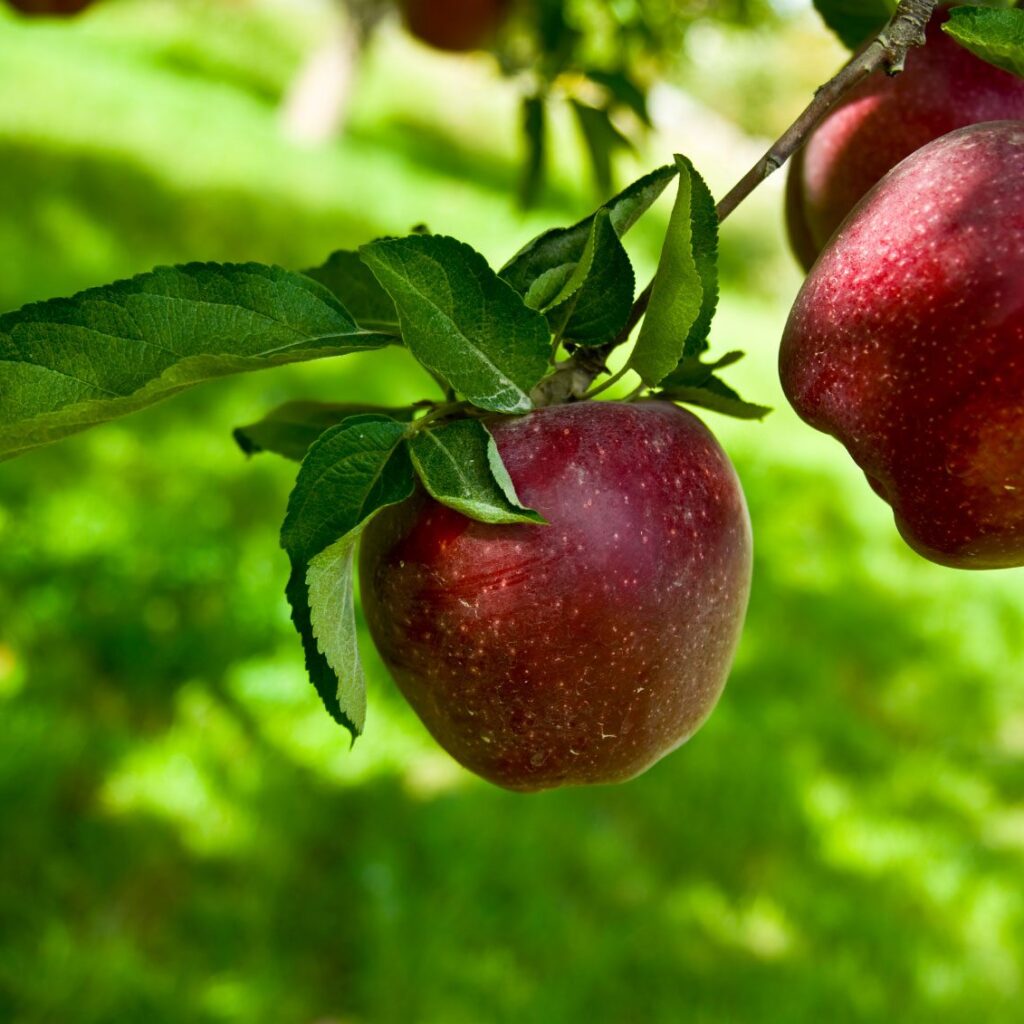
Several key factors determine a country’s position in the global apple production rankings:
- Climate & Geography: Temperate zones with defined winters and fertile soils provide optimal growing conditions.
- Irrigation and Water Management: Advanced irrigation ensures higher yields even in less predictable climates.
- Technology and Innovation: Precision farming, pest control, and modern harvesting methods improve efficiency.
- Export Infrastructure: Cold chain logistics and trade agreements play a vital role in market reach.
- Government Support: Subsidies, research initiatives, and investment in infrastructure directly affect production scale.
The Global Apple Trade Market
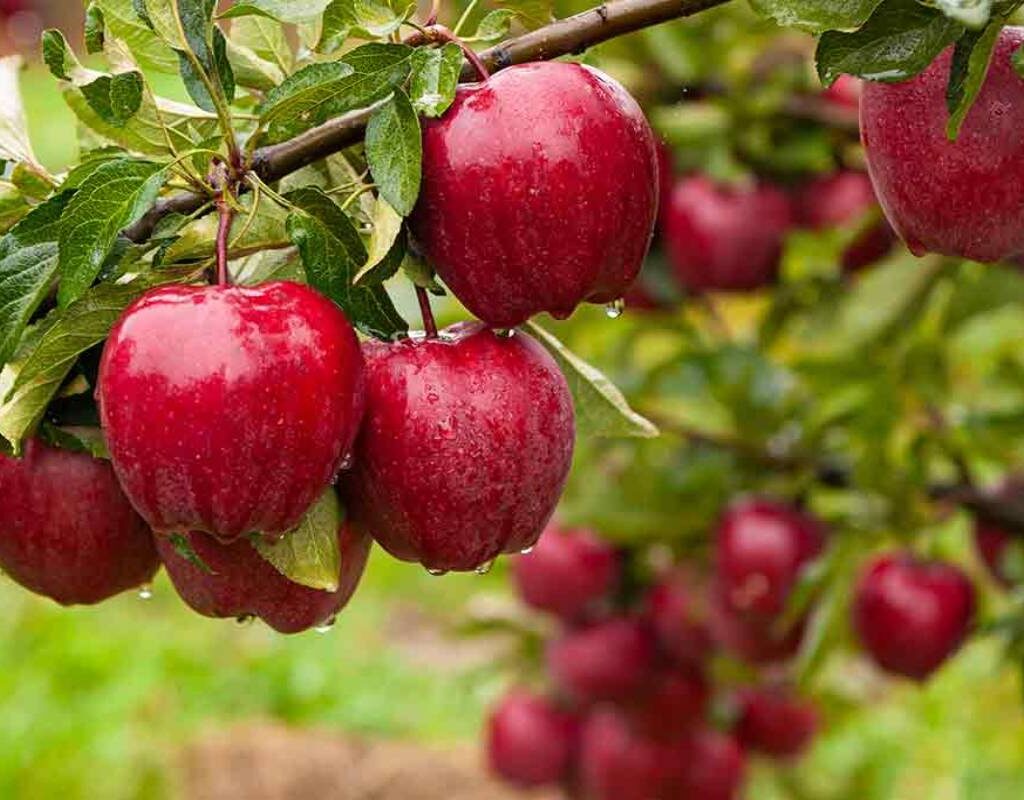
While production is essential, the ability to store, package, and export apples effectively determines global influence. Countries like China, the U.S., Chile, and Poland dominate not only in output but also in global apple exports.
- Top Exporters (2025): China, Poland, U.S., Italy, Chile
- Top Importers (2025): India, Bangladesh, Vietnam, Saudi Arabia, Germany
Trade routes have shifted slightly in recent years due to geopolitical tensions and climate variability, but the demand for fresh apples remains strong across all continents.
Challenges in Apple Production
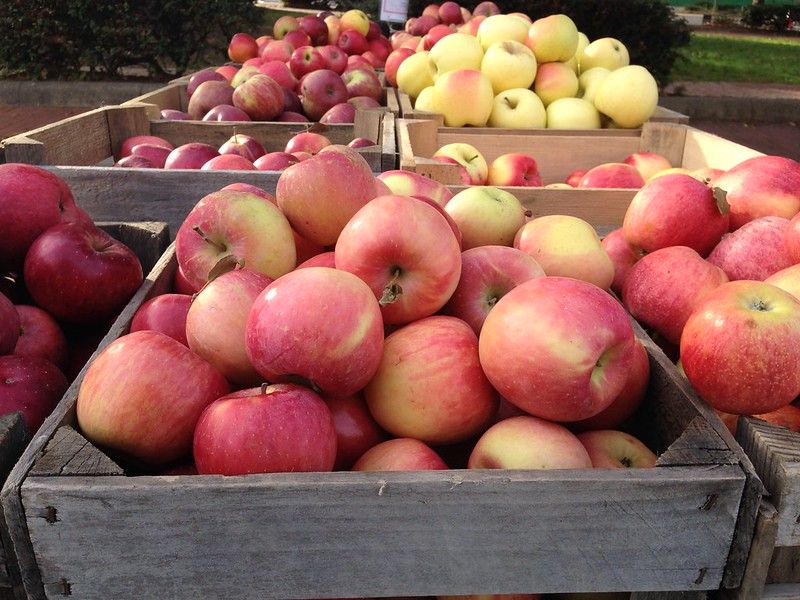
Despite technological advancements and global demand, apple-producing countries face several challenges:
- Climate Change: Unpredictable weather patterns affect flowering, fruit set, and harvest.
- Pest and Disease Pressure: Apple scab, codling moth, and fire blight require vigilant control.
- Labor Shortages: Particularly in the U.S. and Europe, finding skilled harvest labor is increasingly difficult.
- Market Saturation: Overproduction in some regions can drive prices down, hurting farmers.
To overcome these, countries are investing in smart farming, resistant varieties, and value-added processing like cider and dehydrated apples.
Conclusion
The global apple industry in 2025 showcases a dynamic and diverse network of producers. From China’s vast orchards and the U.S.’s innovative farms to Poland’s export strength and India’s growing domestic potential, apples are a cornerstone of global agriculture and trade.
As consumers enjoy the crisp bite of an apple, it’s worth appreciating the global journey behind it—a journey shaped by science, tradition, and the dedication of farmers around the world. The 2025 rankings reflect more than just numbers; they reveal a constantly evolving, deeply interconnected agricultural landscape where apples are more than fruit—they are economic drivers, cultural symbols, and global commodities.

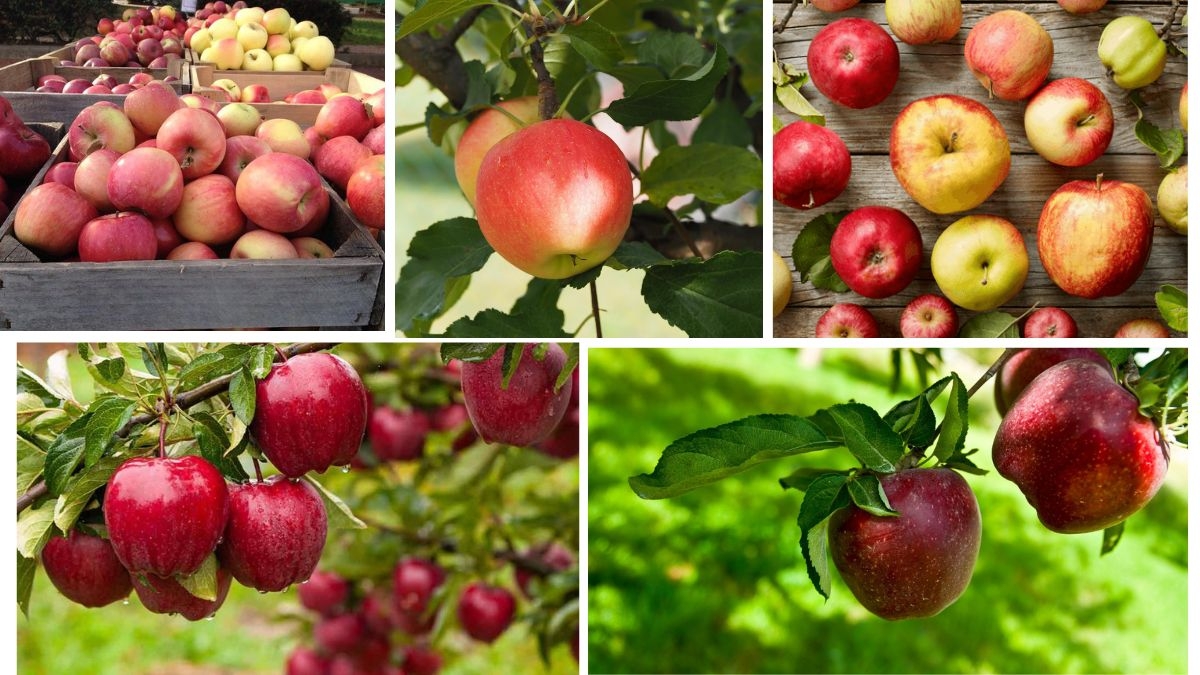





Leave A Comment